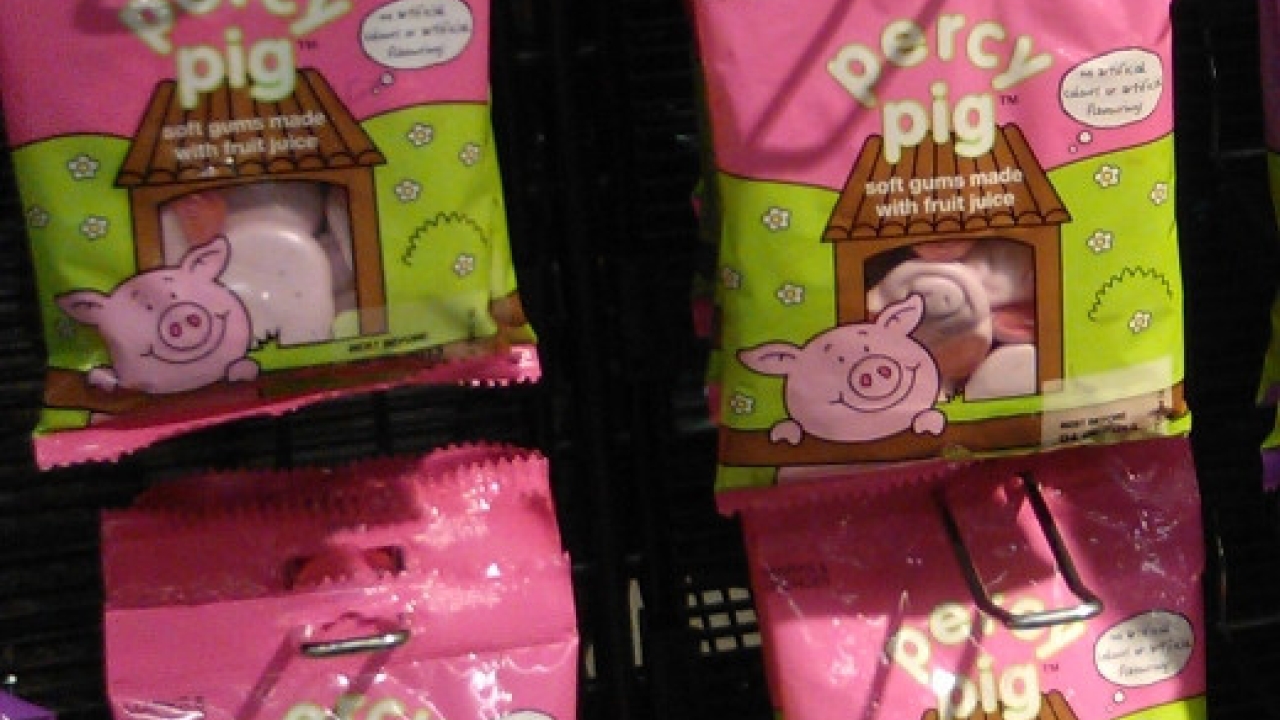SKU diversification through packaging

I often get asked by family members and laypersons what short run printed packaging is and why it’s so important, and I’ve found the easiest way is to highlight a real-life example.
A converter I spoke to last year used toothpaste as his example, stating that two brands with two varieties has grown into a market that now requires its own dedicated aisle in grocery stores.
Visit the Tesco online store today and search for toothpaste, and you’ll get 126 results from the likes of Aquafresh, Colgate, Sensodyne, Arm and Hammer, Oral B and Macleans promising to whiten, strengthen, protect and restore your teeth, as well as clean them at the start and end of the day.
Each comes in its own packaging, normally a tube inside a carton, which increasingly feature high-end images and finishes to promote the product within. After all, a sparkling, shiny box will do wonders for a consumer’s perception of a product, and can make all the difference at the “moment of truth” in a competitive marketplace.
Such product (SKU) diversification on the shelf would be hard to achieve without shorter runs, and it is not only restricted to the dental hygiene aisle. Pet food is a market with a growing number of SKUs differentiated by packaging, as I’ve previously commented on.
The confectionery aisle is another brimming with examples of product differentiation visible through packaging. Limited edition flavors, themed products and cross-branding opportunities require dedicated packaging, produced for each SKU.
It was down the confectionery aisle of a Marks and Spencer store that I saw a prime example of this, with Percy Pig sweets available in a variety of flavors, styles and sizes in a number of different packets.
 Hung together on a display rack, they visualize the demand for bespoke packets, pouches and cartons produced in increasingly shorter run lengths.
Hung together on a display rack, they visualize the demand for bespoke packets, pouches and cartons produced in increasingly shorter run lengths.
On closer inspection, you can see that what started out as a friendly pig shaped treat available in two flavors has become a range featuring different flavors, characters and styles, each in uniquely designed packets with their own graphics.
There is even a vegetarian variety, made using pea protein instead of gelatine.



Stay up to date
Subscribe to the free Label News newsletter and receive the latest content every week. We'll never share your email address.


